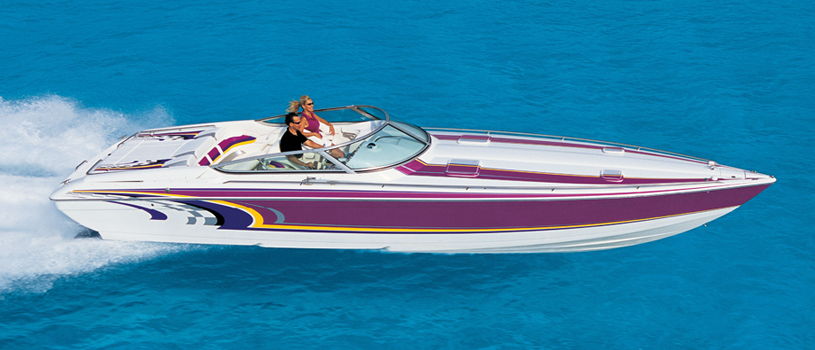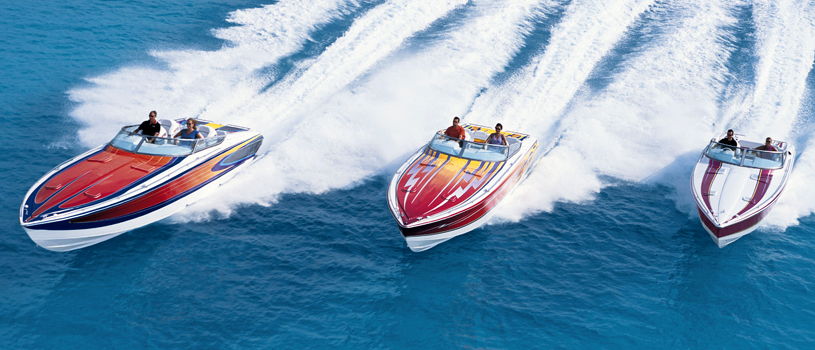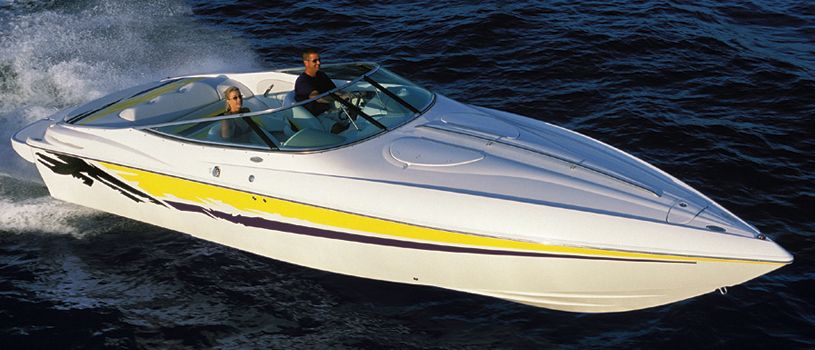high performance boats
High-performance boats satisfy the need…for speed. These long, sleek craft boast incredible power, often running a pair of high-horsepower sterndrives, inboards, or multiple outboard engines to propel them swiftly through the water. Their deep-V or catamaran-style bottoms, or “hulls”, slice through waves like a knife through butter, making them the perfect match for ocean swells or large inland lakes. They typically look the part, too, boasting flashy paint jobs and plush interiors. The classic high-performance boat features a long, enclosed front, or “bow”, with a relatively small main seating area, or “cockpit”, arrayed with seating for captain and crew. Additional features can include a head (toilet) and V-berth (bed) below the bow deck.
Learn more about …
Quick Stats
- day cruising
- N/A Max
- 6.1 - 15.2 m (20 - 50 ft)
- outboard engine
- inboard engine
- sterndrive engine
- trailerable
Dealers and Manufacturers
Sign up to receive information from dealers and manufacturers on various boat types and models.
Contact Dealers and Manufacturers* Price Range varies depending on size, make and model of the boat.







